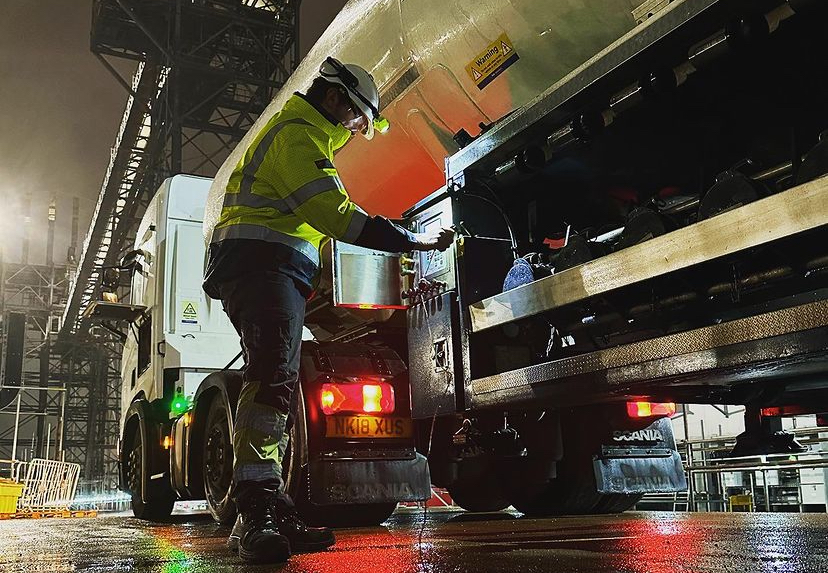Safety Equipment for Fuel & Gas, Petrochemical, Utilities, and Power Industries
Safety equipment in the fuel and gas, petrochemical, utilities, and power industries is pivotal in protecting workers, the environment, and infrastructure. All of these sectors operate in inherently hazardous environments where the handling and processing of volatile substances pose significant risks. Hence, specialised safety gear tailored to each industry’s unique challenges becomes imperative.
Within the realm of fuel and gas, safety equipment encompasses a wide array of tools and protective gear designed to mitigate risks associated with handling combustible substances. Personal protective equipment (PPE) such as flame-resistant clothing, helmets, goggles, and gloves serve as the frontline defence against fire, explosions, and chemical exposure.
The petrochemical industry relies heavily on stringent safety measures due to the volatile nature of its operations. Safety gear specific to this sector includes specialised suits that provide chemical resistance, respirators to protect against toxic fumes, and safety harnesses for working at heights during maintenance and construction activities.
Utilities, encompassing water, electricity, and gas services, require a diverse range of safety supplies to safeguard workers and infrastructure. Insulated gloves, voltage detectors, and arc flash protective clothing are used in the electrical sector to shield workers from electrical shocks and arc flashes. Protective eyewear, respiratory protection, and confined space equipment are vital in the water and gas industries to ensure worker safety during maintenance, repair, and inspection tasks.

Similarly, the energy industry demands specialised safety tools to maintain a secure working environment. Equipment such as lockout/tagout devices prevents accidental machine startup during maintenance. At the same time, fall protection gear like harnesses and lanyards safeguard workers in elevated work environments such as transmission towers or rooftops. Thermal imaging cameras aid in identifying hotspots or equipment malfunctions, preventing potential electrical fires or failures.
Industry-specific safety in the energy sector doesn’t stop at personal protective gear. It extends to comprehensive training programs that educate workers on hazard recognition, emergency response procedures, and the proper use of safety equipment. Regular inspections and maintenance of safety tools and equipment are equally crucial to ensure their effectiveness in critical situations.
Regulatory bodies impose stringent guidelines and standards for safety equipment in these industries to minimise risks and ensure compliance. This fosters innovation and the development of advanced safety technologies, continually enhancing the protection of workers and facilities.
The future of safety equipment is marked by an exciting evolution driven by technological advancements, innovative materials, and a heightened focus on enhancing worker safety across various industries. Some emerging trends in safety equipment include:
Integration of IoT and Wearable Technology: Integrating Internet of Things (IoT) devices into safety gear allows for real-time monitoring of vital signs, environmental conditions, and worker location. Wearable technology such as smart helmets, vests, or wristbands equipped with sensors can track biometrics, detect hazardous gases, or monitor fatigue levels, ensuring prompt response to potential risks.
Advanced Materials and Design: Advanced materials like nanotechnology-enhanced fabrics, lightweight yet durable metals, and impact-resistant polymers are revolutionising safety gear. These materials offer superior protection while maintaining comfort and flexibility, enhancing worker mobility and reducing fatigue.
Smart Personal Protective Equipment (PPE): With embedded sensors and communication capabilities, PPE is becoming smarter. For instance, smart helmets with built-in cameras and communication systems enable real-time collaboration among workers and supervisors, enhancing situational awareness and response times.
Adaptive and Ergonomic Designs: Safety equipment increasingly focuses on ergonomic designs that fit the unique needs of workers while adapting to different tasks and environments. Customisable and adjustable gear ensures better comfort, reducing the likelihood of fatigue and increasing overall compliance with safety protocols.
Sustainability and Environmental Impact: There’s a growing emphasis on sustainable and environmentally friendly safety gear. Manufacturers are exploring eco-friendly materials, recyclable components, and sustainable production practices to reduce the environmental footprint of safety equipment.
Safety equipment tailored for the fuel and gas, petrochemical, utilities, and power industries is a cornerstone of mitigating inherent risks. By employing industry-specific safety gear, adhering to rigorous safety protocols, and fostering a culture of safety consciousness, these sectors can effectively manage hazards, protect their workforce, and uphold the integrity of their operations.
For high-quality, industry-specific safety solutions, turn to Hazchem Safety, your trusted Safety Equipment Supplier. Ensure the utmost safety in your fuel, gas, petrochemical, utilities, or power operations today!
